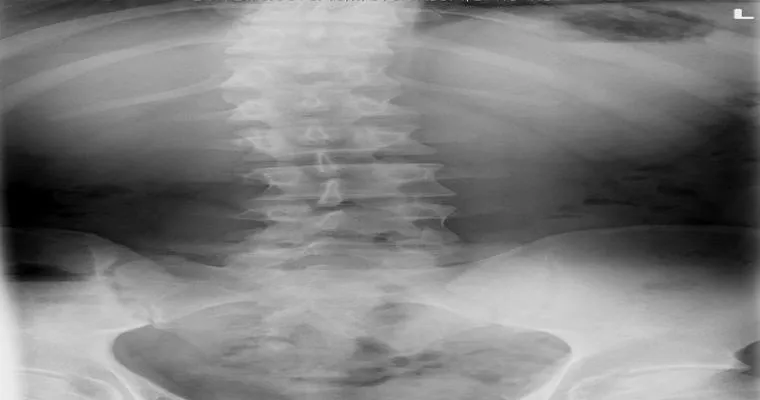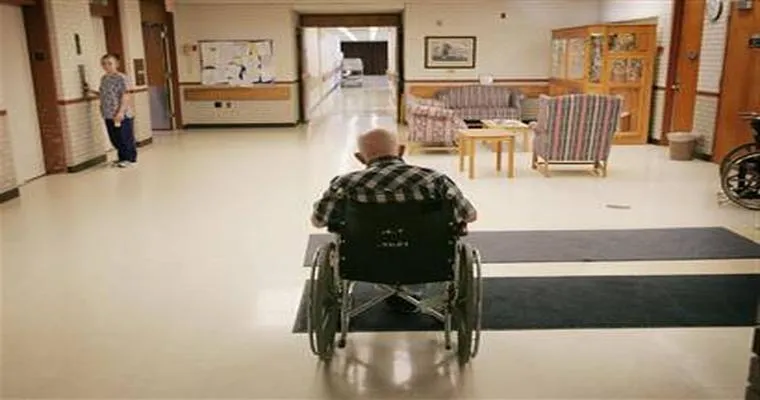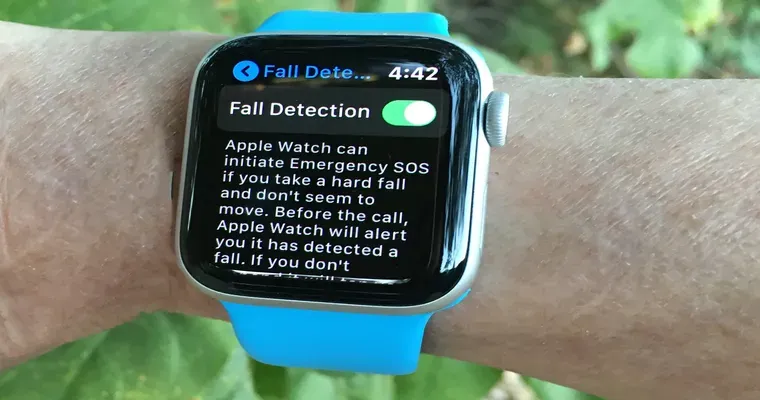Experiencing "cracked vertebrae" due to a fall can be a daunting situation, especially for an "83-year-old". As we age, our bones can become more fragile, making falls particularly concerning. When faced with a "spinal fracture", two primary treatment options often arise: using a "brace" or pursuing "surgery". Understanding the implications of each choice is essential for recovery and overall well-being.
Understanding Cracked Vertebrae
Cracked vertebrae typically occur due to trauma, like a fall, and can lead to significant pain and mobility issues. For elderly patients, a fracture in the spine can greatly impact their quality of life, highlighting the importance of prompt and appropriate treatment. Symptoms often include "severe back pain", difficulty standing or walking, and sometimes even nerve-related issues like numbness or weakness in the legs.
Treatment Options: Brace vs. Surgery
When considering treatment, both a "brace" and "surgery" have their advantages and disadvantages.
Brace Treatment
A brace is often the first line of defense for treating cracked vertebrae. It provides support and immobilization, allowing the bones to heal naturally. Here are some benefits and considerations of using a brace:
"Non-Invasive": The brace is a non-surgical option, making it less risky for elderly patients.
"Pain Relief": It can help alleviate pain by stabilizing the spine.
"Mobility": While it limits certain movements, many patients can still engage in light activities with a brace.
"Recovery Time": Healing can take time, often several weeks to months, and requires regular follow-up with a healthcare provider.
However, bracing also has potential drawbacks:
"Discomfort": Some patients may find wearing a brace uncomfortable.
"Limited Support": In cases of severe fractures, a brace may not provide enough stabilization.
Surgical Intervention
Surgery may be recommended when the fracture is severe or when conservative treatments like bracing fail to alleviate pain or restore function. Here are some key points regarding surgery:
"Immediate Relief": Many patients experience significant pain relief soon after surgery.
"Stabilization": Surgical procedures, such as vertebroplasty or spinal fusion, can provide much-needed stabilization to the spine.
"Restoration of Function": Surgery may help restore mobility and improve the overall quality of life.
On the flip side, surgery does come with its risks:
"Invasive Procedure": Surgery carries inherent risks, especially for older patients with pre-existing health conditions.
"Recovery Time": Post-surgical recovery can take longer and may require rehabilitation.
"Complications": There is a risk of complications, including infection or blood clots.
Making the Right Choice
The decision between using a brace or opting for surgery largely depends on several factors, including the severity of the fracture, the patient's overall health, and their lifestyle needs. Consulting with a specialized healthcare provider is crucial. They can conduct comprehensive assessments, including imaging studies and physical examinations, to recommend the most suitable treatment option.
Conclusion
Navigating the recovery process after a fall resulting in cracked vertebrae is challenging, particularly for elderly individuals. Understanding the differences between a "brace" and "surgery" can empower patients and their families to make informed choices. Ultimately, the best course of action will depend on the unique circumstances of the individual, emphasizing the importance of professional medical guidance. If you or a loved one is facing this situation, don’t hesitate to reach out to a healthcare professional for personalized advice and support.





